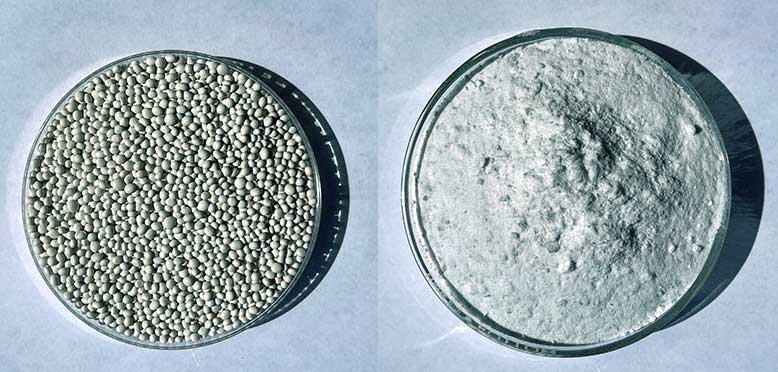|
Click to listen to this article
|
Recovered Phosphorus From Wastewater Can Be Reused on Farmland
Phosphorus is one of the main “ingredients” for healthy plant growth. Plants get phosphorus from the soil. And much of this phosphorus is applied to farm fields in the form of fertilizers.
The major current source of phosphorus, which comes from rock, is running out. Plus, it must be mined, and then chemically converted and transported long distances. This costs money and uses valuable resources. The Soil Science Society of America’s (SSSA) February 15th Soils Matter blog takes a look at research that is making a circular phosphorus cycle through struvite reclamation.
Bloggers Kristofor R. Brye, University of Arkansas, and Lauren Greenlee, Pennsylvania State University, write about their research into reclaiming phosphorus – in the form of struvite – from wastewater treatment plants.
Research is looking at alternative ways to retrieve phosphorus, such as in the form of struvite. Struvite is a chemical compound that contains not only phosphorus, but magnesium and other elements like nitrogen. All of these are important nutrients for crops. Struvite has shown promise for use in agriculture as an alternative fertilizer-phosphorus source. Both greenhouse and row-crop studies suggest that struvite is a viable fertilizer compound, compared to traditional fertilizers.
Wastewater treatment plants work to purify water so that it can be reused. They fall under strict standards from the Environmental Protection Agency. Struvite can precipitate from wastewater in similar ways to rock candy formation. Scientists have found that it is not only possible to pull struvite from wastewater, but that it can be done on a large scale. Brye and Greenlee’s teams used both chemical and electrochemical methods to precipitate the struvite from the wastewater.
Their field studies also showed the struvite’s slow release of phosphorus may benefit the environment.
2022 marks the 50-year anniversary of the Clean Water Act. This Act aims to restore and maintain the physical, chemical, and biological integrity of the nation’s water resources. Struvite may play a future role in accomplishing the objectives of the Clean Water Act. Struvite may also play an integral role in supporting the sustainability of agriculture and food production with recycled nutrient fertilizer sources.
Research about struvite and its uses will help keep people fed and protect the environment, just as the Clean Water Act envisioned.
Drs. Brye and Greenlee recently published their research in Agrosystems, Geosciences & Environment Journal, a publication of the American Society of Agronomy and the Crop Science Society of America.
To learn more about this important work, visit the Soils Matter blog: https://soilsmatter.wordpress.com/2022/02/15/what-is-struvite-and-how-is-it-used.

